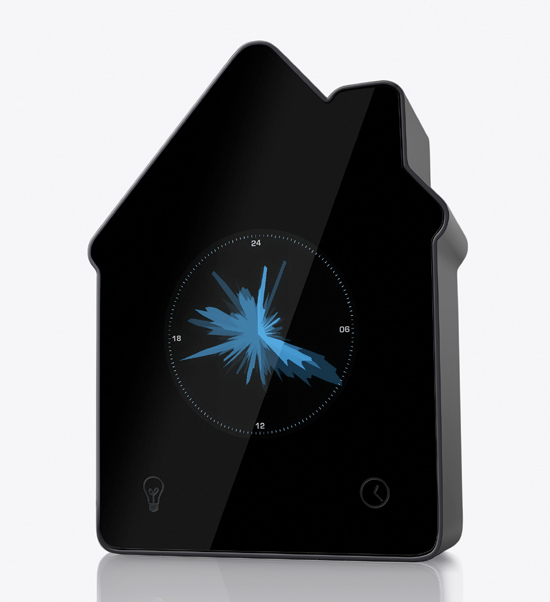
energy aware clock by loove broms, karin ehrnberger, sara ilstedt hjelm, erika lundell, jin moen, 2006 – 2008
the energy aware clock is designed to make you aware of your energy consumption on a daily basis. the clock visualizes the daily energy rhythms of the household and reminds us of the ordinary kitchen clock in its form, place and use. the clock indicates electrical use of its environment in real time.
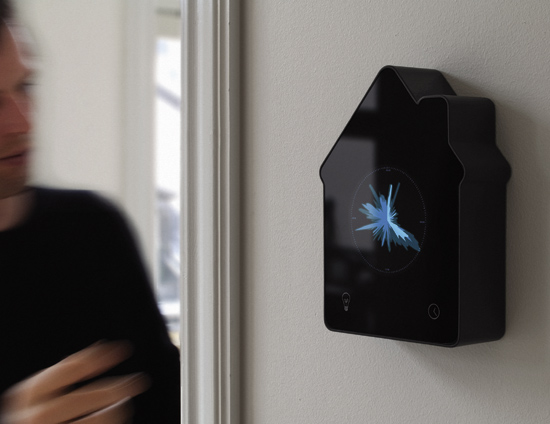
the device is hung on your wall like a normal clock, and can read the electricity being used in the space
where it is situated
image courtesy of interactive institute
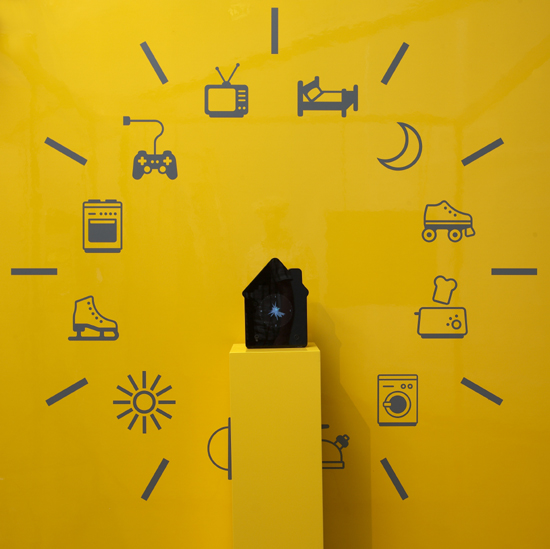
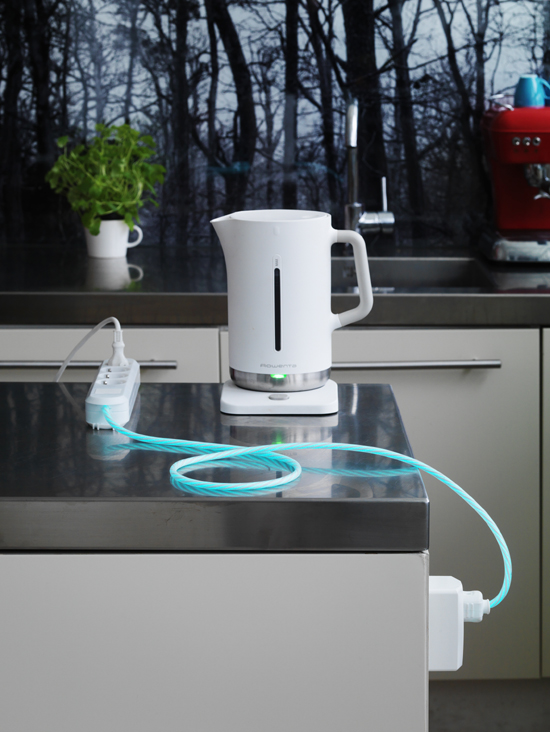
power aware cord by anton gustafsson, magnus gyllenswärd, sara ilstedt hjelm, christina öhman
in collaboration with thinlight AB, 2004-2006
this power cord has been designed to visualize the energy of the current use of electricity of appliances connected with it through glowing pulses, flow and intensity of light.
it can be used as a tool for people to rediscover energy in their homes as well as having an ambient display of their consumption that they can see at any given time.
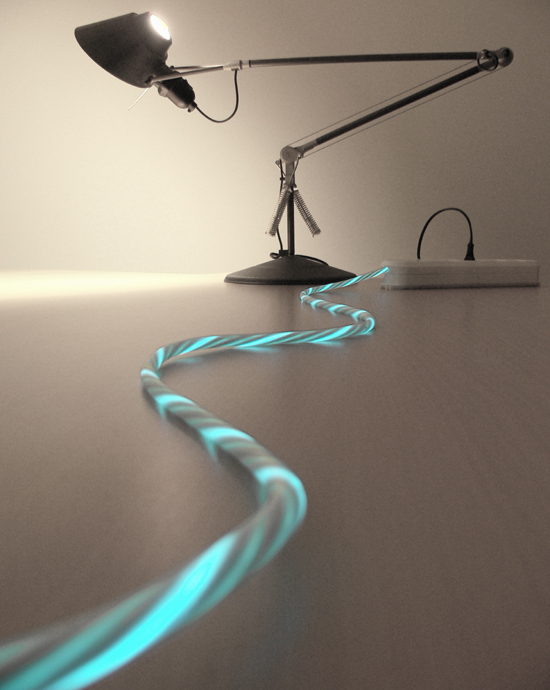
the power cord provides an ambient display of light
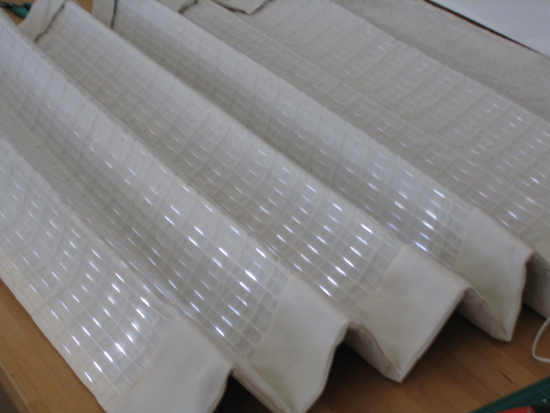
energy curtain by anders ernevi, margot jacobs, ramia mazé, carolin müller, johan redström, linda worbin, 2004-2006
the energy curtain reinterprets our familiar relation to curtains as a means of controlling light in a room. the curtain must be drawn shut in order to collect light, and the amount and duration in which it is drawn during the day determines how much light is collected for the night. it gives users the choice as to whether to open the curtain and enjoy the day light, or close it and save energy for later. even through the mundane act of opening or closing the curtain embodies the trade-off between consuming and conserving energy.
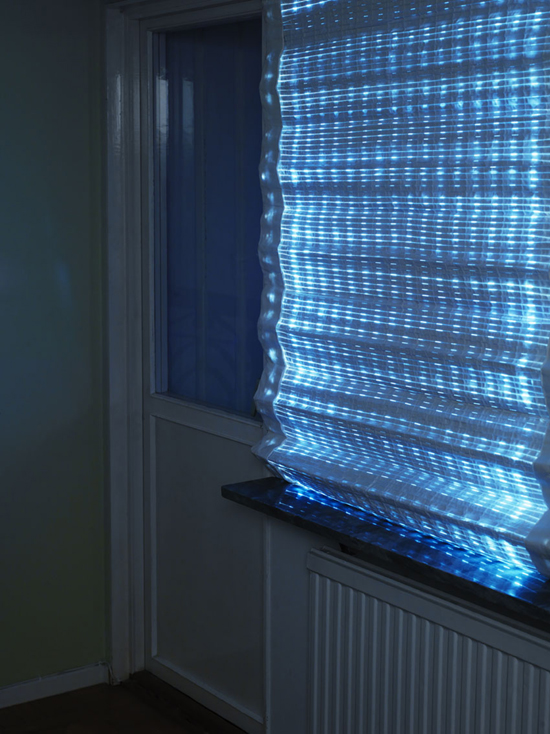
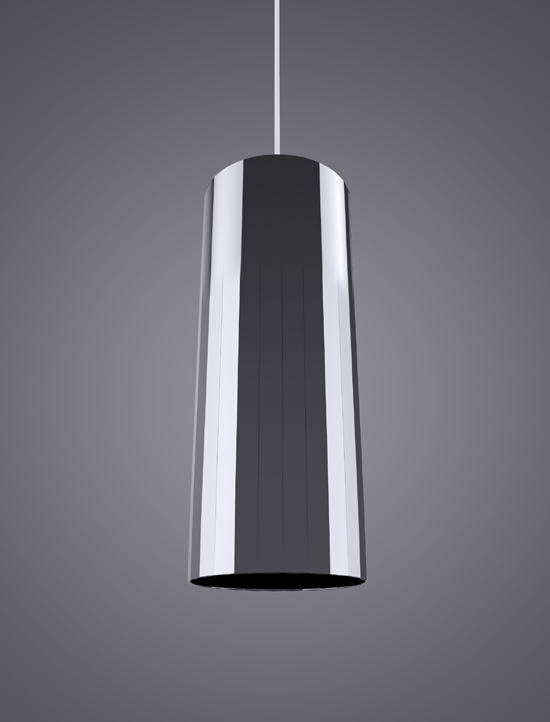
flower lamp by sofia lagerkvist, charlotte von der lancken, anna lindgren, katja sävström, göran nordahl
technical modifications by: anton gustafsson, fredrik kronqvist, 2004-2006
the shape of the flower lamp responds to the amount of electricity being used in the household. with a decrease in usage, the flower lamp slowly opens up and appears as if its ‘blooming’. on the contrary, if energy consumption increases, the lamp closes into a closed cylindrical form, which also effects the quality of light emitted. in order to make the flower lamp more beautiful, a collective change in behaviour is needed.
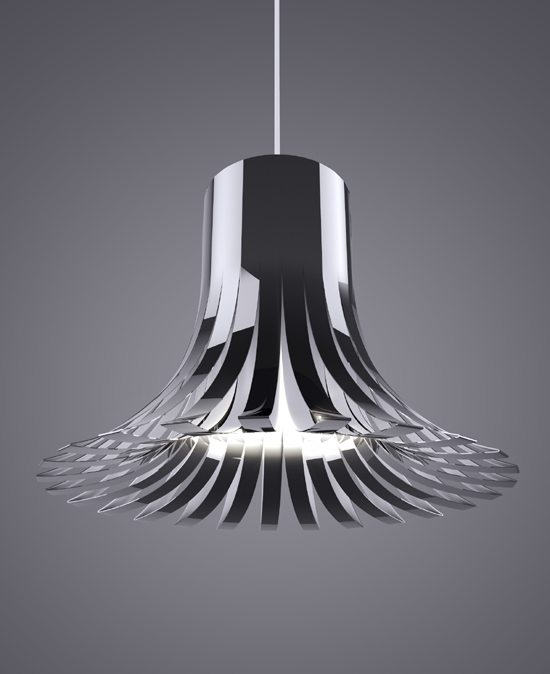
the flower lamp blooms when you decrease your household electrical use
All information from : t722.wordpress.com
No comments:
Post a Comment